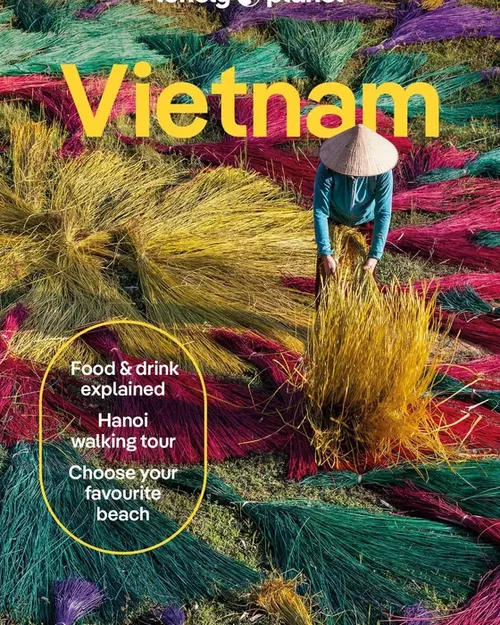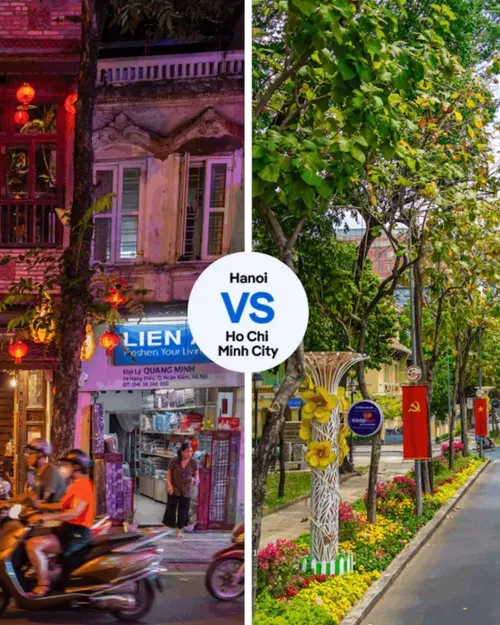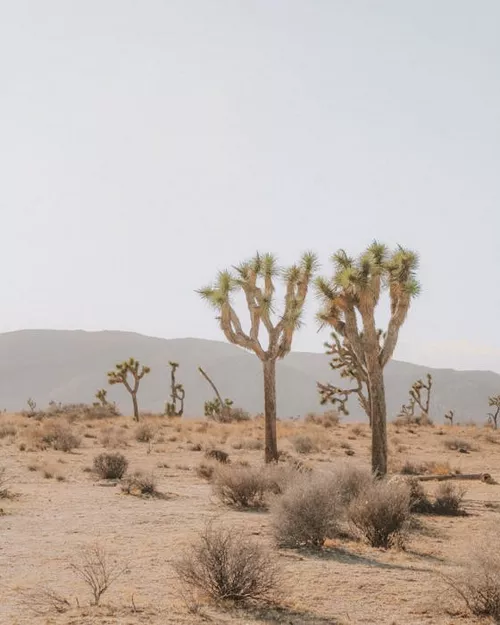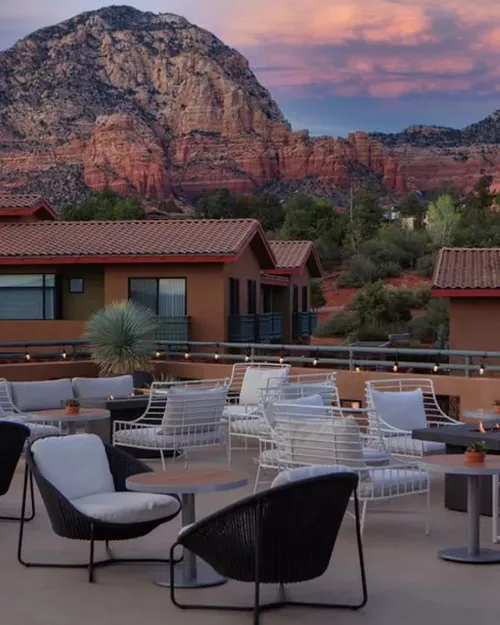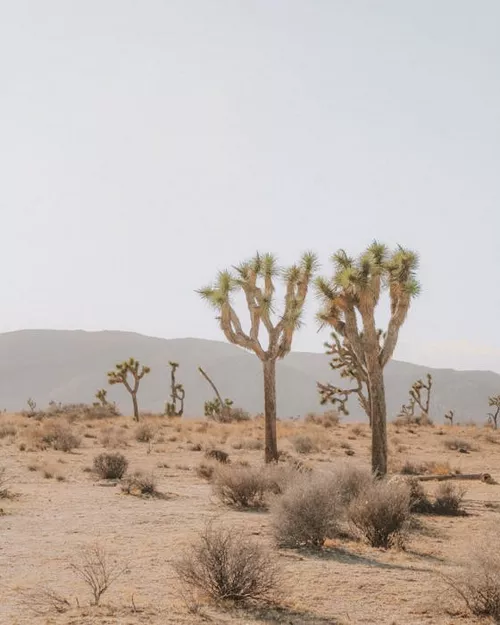The local currency in Hanoi, and throughout Vietnam, is the Vietnamese Dong (VND). Credit cards are accepted in larger hotels, restaurants, and shops, but cash is still widely used, especially in smaller establishments and street markets. ATMs are readily available in tourist areas.
Tipping is not mandatory in Vietnam but is increasingly becoming more common, particularly for good service. While not expected, it is always appreciated. Here are some general guidelines:
- Restaurants: A tip of 5-10% is appreciated for good service. Some upscale restaurants may automatically add a service charge.
- Taxis: Rounding up the fare is a common practice.
- Tour Guides & Drivers: Tipping is customary and highly appreciated. The amount depends on the length and quality of the tour.
- Spas & Salons: Tipping is customary for good service.



